In today’s array of beauty options, acrylic nails stand out as a classic symbol of elegance. However, the pricing for these nails varies widely, much like the detailed designs they add to your nails. This discussion aims to explore the various costs involved in getting acrylic nails. Whether you’re looking to enhance your beauty regimen or offer these services yourself, it’s crucial to grasp the economic aspects involved. How Much Do Acrylic Nails Cost?
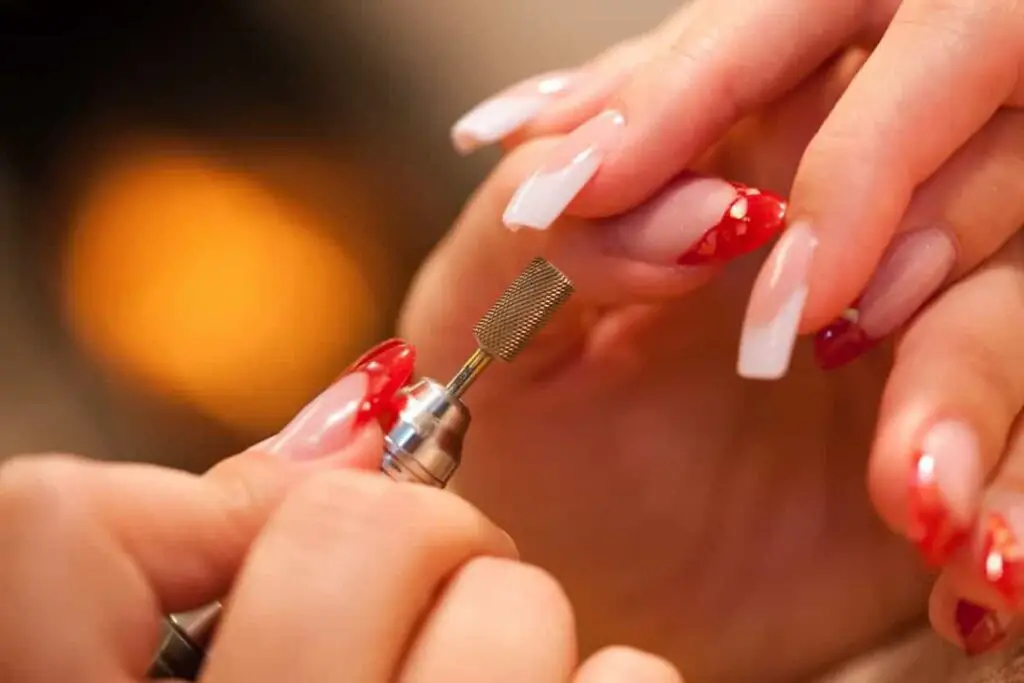
How much do acrylic nails typically cost at a salon?
Acrylic nails are a popular choice for those looking to enhance their personal style and pamper themselves. However, the cost for these nails at a salon can range significantly, generally between $30 to $60 for a basic set. This price variation is influenced by factors such as the salon’s location, the skill level of the nail technician, and the complexity of the nail design requested.
Here’s a breakdown of what might affect the pricing at nail salons:
- Salon Location and Prestige: Salons in city centers or those with a high-end reputation usually charge more due to greater overhead costs and their renowned expertise.
- Technician’s Experience: More experienced nail artists typically charge higher rates, which reflect their superior skill and quality of service.
- Design Complexity: Standard designs might be included in the base price, but more elaborate designs like hand-painted art or 3D effects will cost extra.
- Nail Size and Shape: Longer or more intricately shaped nails require additional materials and labor, which can increase the price.
- Additional Services: Services such as gel finishes, French tips, or cuticle care treatments will add to the base cost.
“I’ve been doing acrylic nails for over ten years,” says Maria, a nail technician from New York. “One thing clients often don’t realize is the artistry involved, especially with custom designs. For instance, a detailed floral pattern can take me an extra half-hour to complete, which is reflected in the pricing.”
What factors influence the price How Much Do Acrylic Nails Cost?
Investing in a professional acrylic nail service not only ensures that your nails look fantastic but also that they last longer.
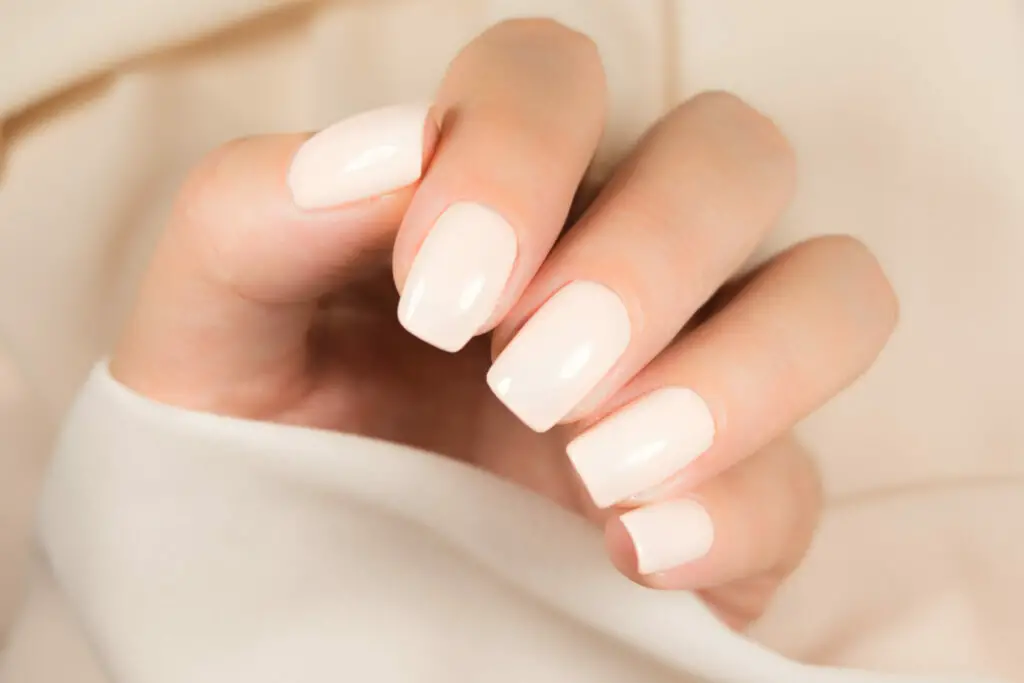
Understanding the factors that affect acrylic nail pricing can help you plan your budget:
- Salon’s Reputation and Area: More reputable salons in upscale areas tend to have higher prices.
- Expertise of the Technician: Nail technicians with extensive experience and special skills may charge more for their services.
- Nail Art Complexity: Detailed and multi-colored designs require more time and expertise, thus costing more.
- Material Quality: Using high-end products generally leads to better quality and durability, but at a higher cost.
- Salon Amenities: More luxurious salons may charge a premium for the overall experience they offer.
- Seasonal Demand: Prices can increase during busy periods like holidays or wedding seasons.
- Maintenance Costs: Ongoing care, including fill-ins and repairs, also factors into the total cost over time.
Sarah, a frequent salon visitor, shares, “I’ve tried several places around the city, and it’s amazing how different the service can be. At my current salon, they use a high-quality polymer that lasts weeks longer than what I used to get, which I think justifies the higher cost.”
Are there additional costs involved in getting acrylic nails?
There are additional expenses to consider when getting acrylic nails:
- Nail Removal Costs: Removing existing nail enhancements may come at an additional cost.
- Repair Charges: Fees may apply for fixing broken or damaged acrylic nails.
- Custom Art and Upgrades: Custom artwork and premium materials can significantly increase the final price.
- Aftercare Products: You might need specific products to care for your acrylic nails at home.
- Gratuities: Tips for the nail technician, usually around 15-20% of the service cost, are also customary.
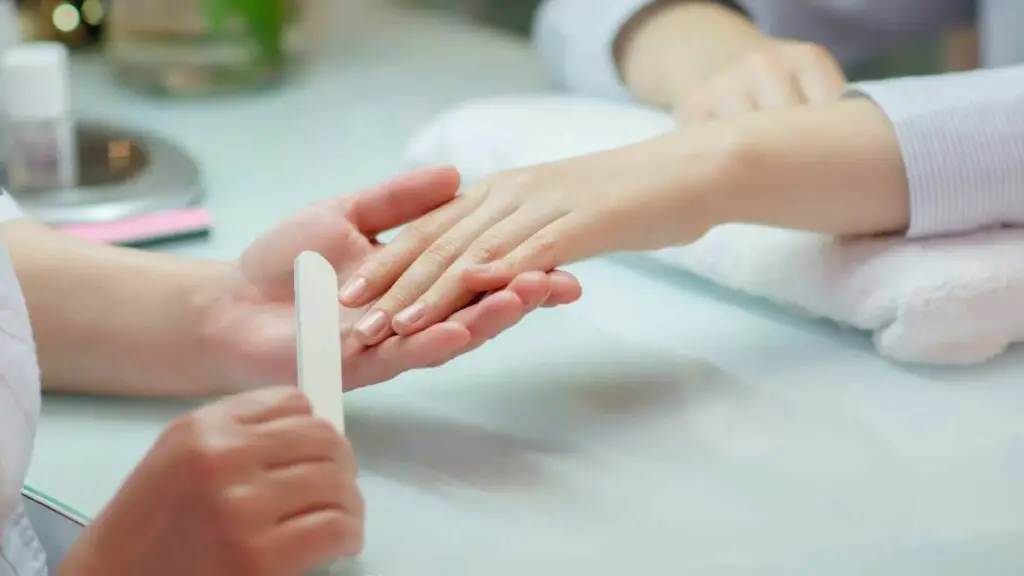
Below is a table outlining average costs for acrylic nails in three major cities:
| City | Basic Set | With Design | Refills |
|---|---|---|---|
| New York | $45 | $70 | $25 |
| Los Angeles | $40 | $65 | $20 |
| Chicago | $35 | $60 | $15 |
How do acrylic nail prices vary by location?
The price of acrylic nails can vary greatly depending on the geographical area due to local economic factors and the average costs of salon services.
Here’s how location impacts pricing:
- Urban vs. Rural: Salons located in metropolitan areas or wealthier neighborhoods typically charge more than those in smaller towns or rural areas.
- Regional Economic Factors: In regions where beauty services are in high demand, prices tend to be higher.
- Local Market Competition: Areas with numerous salons often feature more competitive pricing, while places with fewer options may see higher costs.
- International Variations: Globally, prices can differ significantly due to factors like currency valuation and local economic conditions.
When deciding where to get acrylic nails, considering these location-based pricing factors can help you choose the most cost-effective option.
Can I save money by doing acrylic nails at home?
Opting for a DIY approach to acrylic nails can be a cost-effective alternative to salon visits, but it’s essential to weigh the advantages and disadvantages before diving in.
Advantages of DIY Acrylic Nails:
- Initial Cost Savings: Purchasing your kit and supplies requires an upfront investment but can save money over time as you reuse the materials for multiple applications.
- No Service Charges: By doing your nails at home, you avoid paying for a professional nail technician’s services.
- Flexibility: You have the freedom to do your nails whenever it fits into your schedule, without the need to make an appointment.
Disadvantages of Home Application:
- Skill Development: There is a learning curve involved in applying acrylic nails correctly, and your first few attempts might not match salon standards.
- Material Quality: Using lower-quality or incorrect materials can result in less durable nails or even damage to your natural nails.
- Time Investment: Applying and maintaining acrylic nails at home requires a significant amount of time, and the process can be quite lengthy.
While the DIY route can offer significant savings, it’s important to consider whether the potential challenges outweigh the benefits of professional services.
For those interested in the DIY route, here’s a basic guide on how to apply your own acrylic nails:
- Step 1: Prepare your nails by cleaning and filing them.
- Step 2: Apply the nail tips with glue and trim them to your desired length.
- Step 3: Mix the acrylic liquid and powder, and apply the mixture to your nails.
- Step 4: Shape the acrylic before it dries completely.
- Step 5: Buff and paint your nails as desired.
How often will I need to refill acrylic nails and what is the cost?
Regular upkeep is essential when you have acrylic nails, with refills playing a crucial role in this maintenance routine.
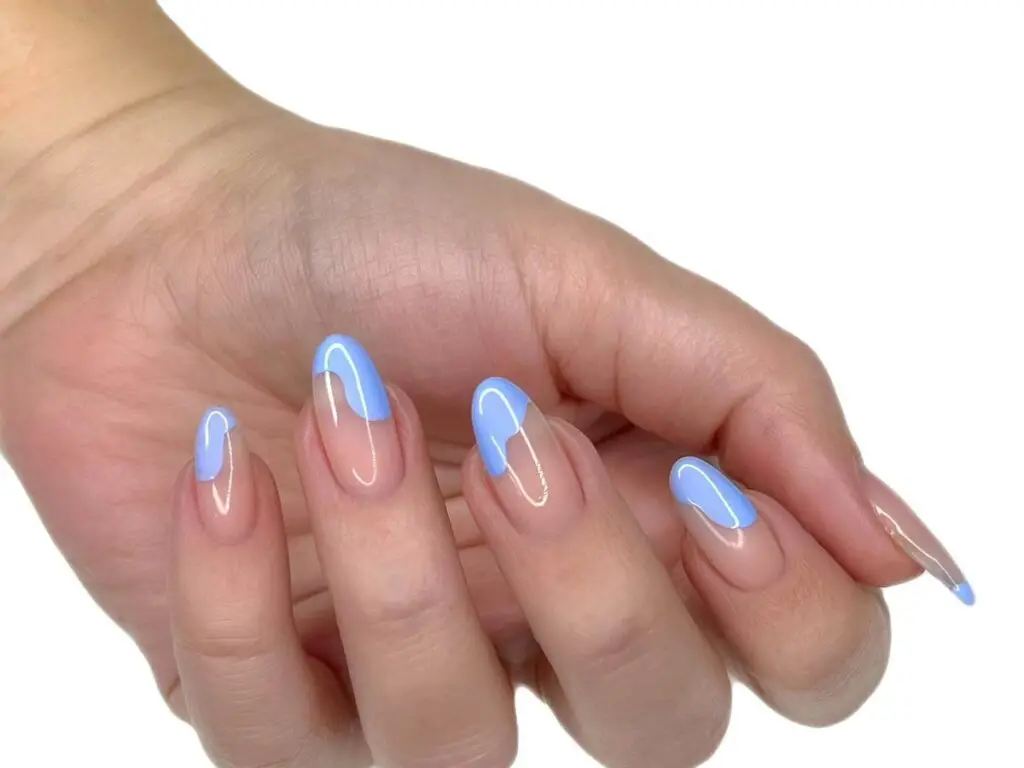
What to Know About Refills:
- Refill Frequency: Generally, refills are necessary every 2 to 3 weeks to maintain the appearance of your acrylics and to prevent issues like lifting or breakage.
- Refill Costs: Refills are usually more affordable than getting a new set, typically ranging from $15 to $30. The price can vary based on several factors such as salon location, technician experience, and nail design.
- Benefits of Regular Maintenance: Consistent refills not only ensure your nails always look their best, but they also help prevent nail infections and extend the life of your acrylics.
When planning the finances for acrylic nails, it’s important to include the cost of regular refills to get a true sense of the ongoing investment required.
What is the price comparison between acrylic nails and other types of artificial nails?
When considering artificial nails, it’s important to compare the costs and maintenance of different types to choose the best option for your needs and budget.
Overview of Artificial Nail Types:
- Acrylic Nails: These are known for their strength and longevity. They typically fall into the mid-range price category in the artificial nail market.
- Gel Nails: The cost of gel nails is often comparable to acrylics initially. However, gel nails require curing under a special light, and the need for regular salon visits can make them more expensive over time.
- Dip Powder Nails: Dip powder nails might have a similar or slightly higher initial cost than acrylics. They are often considered easier to maintain at home, which can save on maintenance costs.
- Press-On Nails: These are the most economical option and are easy to apply at home. However, they tend to be less durable and have a shorter lifespan than more permanent salon-applied options.
How do designs and customizations affect acrylic nail pricing?
Nail art can elevate the look of your acrylic nails, adding a unique touch, but it’s important to be aware of how these aesthetic additions can influence the overall cost.
How Nail Art Affects Pricing:
- Basic vs. Complex Designs: Simple patterns may be covered by the standard service fee, but intricate hand-painted designs or advanced art techniques usually come with an additional cost.
- Embellishments: The addition of elements like rhinestones, stickers, or charms involves extra materials and labor, thus increasing the overall price.
- Trend Influence: Popular designs or trendy techniques may be priced higher, especially during high-demand seasons.
It’s advisable to discuss your design preferences with your nail technician ahead of time to receive a precise cost estimate for your chosen style.
Maintenance Costs for Acrylic Nails:
Maintaining acrylic nails to ensure they remain looking their best involves both time and money.
- Regular Refills: Necessary every 2-3 weeks, refills have a recurring cost.
- Nail Repairs: Any damage to your nails, like cracks or chips, will require repairs, which incur additional fees.
- Removal: Professional removal of acrylic nails is recommended to avoid damaging your natural nails, and this service will cost extra.
Understanding these ongoing expenses is crucial for appreciating the long-term financial commitment involved in having acrylic nails.
While acrylic nails are known for their durability, gel nails offer a glossier finish and quicker drying times thanks to UV curing. However, gel nails can be more expensive in the long run due to the need for frequent salon visits. Dip powder, on the other hand, might be a more suitable option for those looking for an easier at-home application and good durability at a slightly higher initial cost than acrylics.
Cost-Effectiveness of Acrylic Nails:
While initially seeming like a splurge, acrylic nails can be a cost-effective part of your beauty routine when considering their broader benefits.
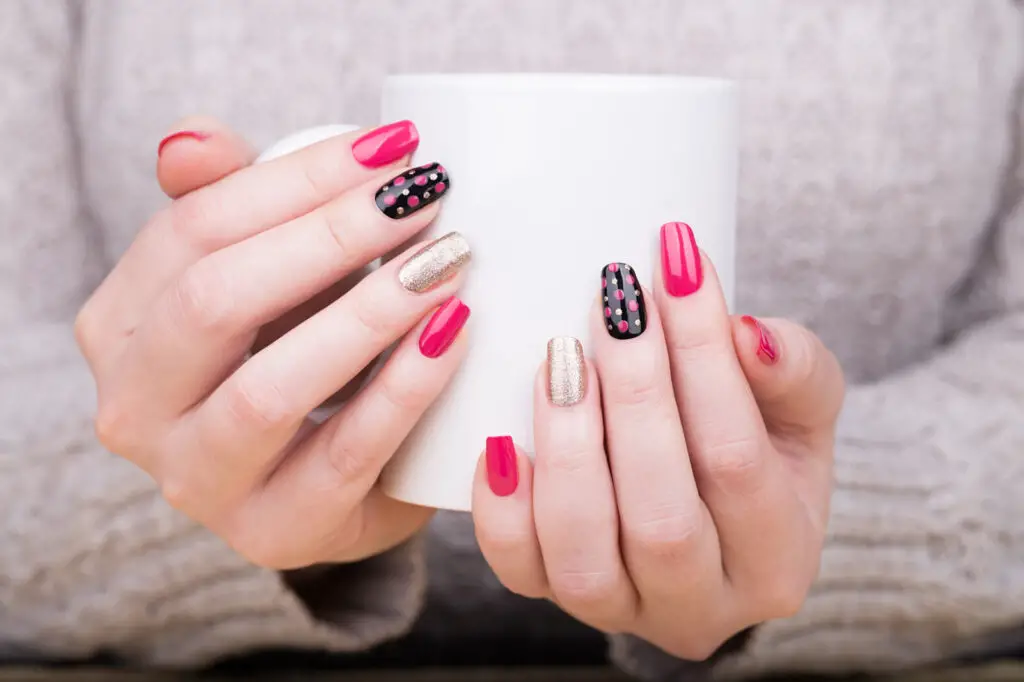
- Durability: Acrylic nails last longer than regular nail polish, potentially reducing the need for frequent salon visits.
- Self-Expression and Confidence: The personal satisfaction and confidence boost received from having well-maintained, stylish nails might outweigh the costs.
- Potential Savings: For individuals who frequently purchase new nail polish or visit salons regularly, having a consistent nail care routine might prove to be more economical.
Evaluating these factors will help determine if acrylic nails are a financially sensible investment for your beauty needs.
In Conclusion
Ultimately, the money spent on acrylic nails often mirrors one’s desires and circumstances. It can range from the indulgence of sipping complimentary champagne at a luxury salon to the simple satisfaction derived from a personal beauty ritual. The true value of acrylic nails goes beyond mere cost—it lies in the enjoyment of the experience, the expression of individual style, and the intangible contentment that price cannot quantify.
In this detailed exploration, we’ve delved into the various costs associated with acrylic nails, highlighting not only the financial implications but also the broader, richer experiences these costs support. Armed with this knowledge, whether you are a provider or a consumer, you can approach the world of beauty with greater confidence and grace, fully appreciating the nuanced interplay between cost and experience.

